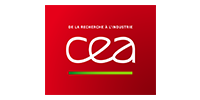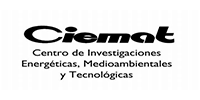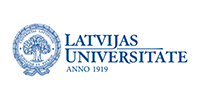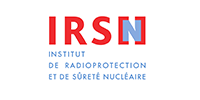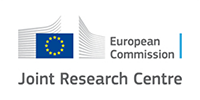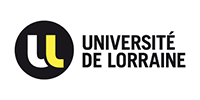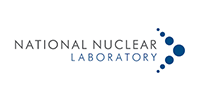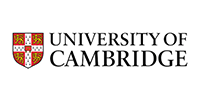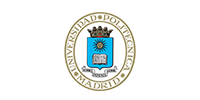ESFR-SMART in numbers
This European collaborative project received funding from the Euratom Research and Training Programme 2014-2018 under Horizon 2020.
To improve the public acceptance of nuclear power and secure its future role in Europe, the significantly higher safety of new reactors compared to traditional reactors has to be demonstrated.
As a follow-up to the FP7 CP-ESFR project, ESFR-SMART (European Sodium Fast Reactor Safety Measures Assessment and Research Tools) focuses on the GIF goals that relate to safety, is in line with the ESNII roadmap and will be carried out in close cooperation with the ASTRID programme. The project gathers a consortium of research centres, industries, universities, TSOs and SMEs and aims to enhance the safety of Generation-IV Sodium Fast Reactors (SFR), in particular the commercial-size European Sodium Fast Reactor (ESFR). The project officially started in September 2017 and is coordinated by PSI.
5 SPECIFIC OBJECTIVES TO REACH
The project’s outcome is expected to be exploited by the key SFR stakeholders, in particular ARDECo, ESNII and to some extent by GIF and IAEA TWG-FR.
- selected safety-relevant fresh and burnt MOX fuel properties will be measured, using experience gained in the ESNII Plus project, in order to fill few gaps in the current knowledge
- forced-to-natural convection transition will be studied, using the KASOLA sodium loop, including conditions simulating the channel blockage
- stabilised and/or chugging sodium boiling conditions will be studied with the new test section of the SOLTEC sodium facility
- chugging boiling regime conditions will be studied for the specific geometry of the low-void SFR core, using the new two-phase water facility CHUG
- interaction of corium jet with core catcher will be simulated using an ice-water analogy at the JOLO device
- corium behaviour on the core catcher will be studied using the LIVE facility
- interaction of the corium jet with the concrete will be studied, using the MOCKA facility
- an advanced concept of the eddy-current flowmeter aimed at the detection of the channel blockage will be developed and tested
- selected legacy Superphenix SFR core measurements and start-up tests to calibrate and validate static and transient neutronic and thermal-hydraulic codes
- new data from the KASOLA, SOLTEC and CHUG tests produced in the project as well as legacy data from the KNS-37 experiments to calibrate and validate single- and two-phase sodium flow thermal-hydraulic models
- selected legacy CABRI test data of the molten fuel ejection from the fuel pin to calibrate and validate models of the fuel-coolant interaction
- selected legacy SCARABEE-N test data of the molten pool behaviour to calibrate and validate models of the radial heat transfer in the molten pool in the fuel rod bundle
- new LIVE test data produced in the project to calibrate and validate models of the melt pool coolability and refractory material dissolution
- selected legacy data to calibrate and validate models of release and behaviour of aerosols in the containment in sodium vapour atmosphere (FAUST and NALA programmes) and from the sodium pool fires (FANAL programme)
- the iso-breeding properties of the new core meet the GIF requirements
- passive decay heat removal capability is improved compared to traditional LWRs (e.g., no core melt down and hydrogen explosions in a Fukushima-like accident)
- the grace time between the sodium boiling onset and the core melting start is significantly increasing (at least for several minutes) compared to traditional SFRs, which will allow the activation of passive mitigation dispositions
- mechanical energy release challenging vessel integrity in case of a hypothetical severe accident is significantly decreasing compared to traditional SFRs
- the PhD students will be supported by the mobility grants to let them make internships at the facilities
- series of workshops and a summer school will be organised at different organisations with technical visits to the facilities when possible



